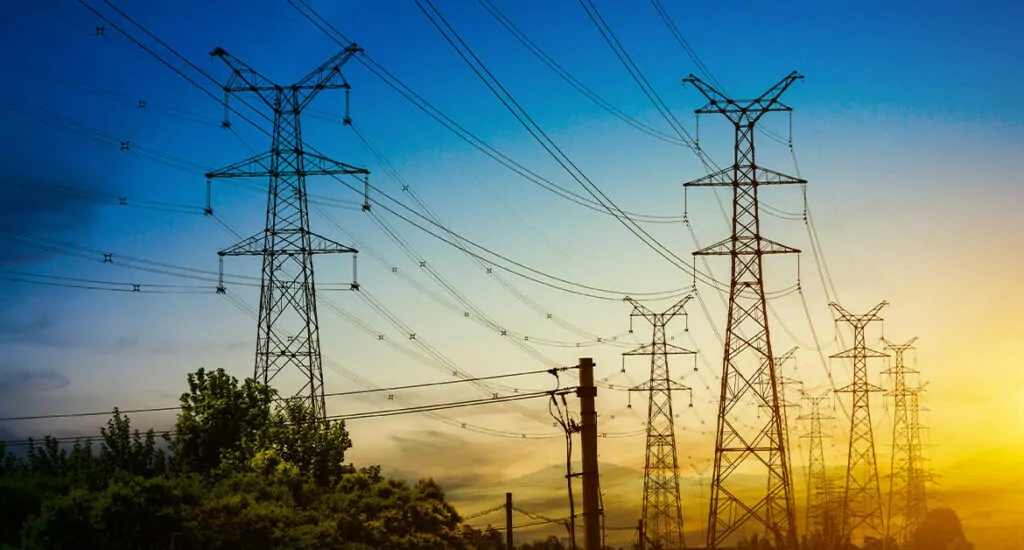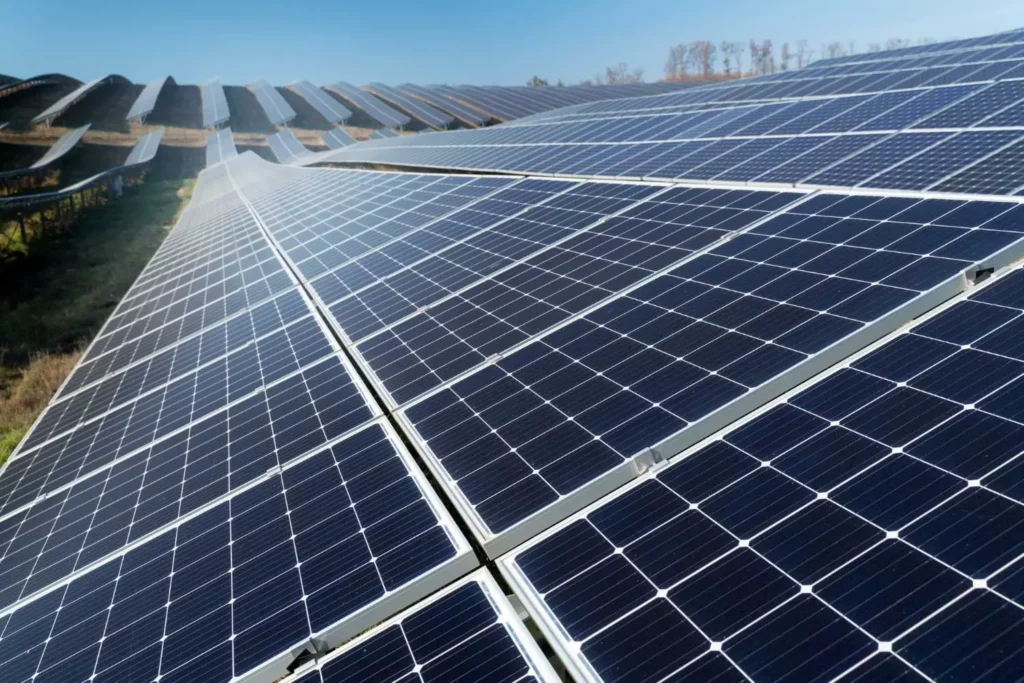Advertisements
You may have heard about the Electricity and Energy Subsidy, but do you know how it works? Here we will explain to you the advantages of the Electricity Subsidy and how it works. In addition, we will also clarify the benefits of wind energy and solar energy, so that you can learn about economical and sustainable ways of living.
What is Electricity Subsidy?
The electricity subsidy in Argentina is a government policy that aims to reduce the cost of electricity for the population, especially for low-income families. This measure aims to alleviate the impact of energy tariffs, making them more affordable and protecting the purchasing power of Argentines, especially in times of economic crisis and high inflation.
It is common for political leaders to resort to energy subsidy alternatives, since when a country goes through a financial crisis, the impacts affect the way of life of the entire population. However, the poorest social classes receive an even more direct impact and tend to need government assistance.
How does the Electricity Subsidy work?

The electricity and energy subsidy works as follows: the government subsidizes electricity bills through financial transfers to electricity companies. These companies, in turn, offer electricity at reduced prices to end consumers. Subsidies can cover a significant portion of the costs, allowing electricity bills to be lower than the real market price.
Advertisements
Electricity subsidies are most widely applied to low-income residential consumers, but in some cases they can also benefit small businesses and industries. In recent years, the government has adopted a system of “tariff segmentation” that adjusts subsidies according to household income and electricity consumption, aiming for a fairer and more efficient distribution of resources.
While subsidies help keep electricity affordable, they also place a heavy burden on the Argentine government’s budget. The high cost of subsidies can increase the fiscal deficit and put pressure on public finances. In addition, this policy can discourage efficient energy use, since consumers do not feel the full burden of the cost of electricity.
Advantages of Wind Energy
When it comes to affordable living, it is important to think about sustainable energy sources. Learn about the Advantages of Wind Energy. Wind energy is a renewable energy source, that is, it is an inexhaustible source of energy because it uses the wind as a source of energy. The electricity subsidy helps residents reduce their electricity bills.
Sustainability and Renewability: Wind energy is an inexhaustible source, as it depends on the wind, which is a renewable natural resource. Unlike fossil fuels, which are finite, wind will be available as long as the sun shines and the Earth has an atmosphere.
Low Environmental Impact: Wind power generation emits negligible amounts of greenhouse gases, making it one of the cleanest options available. No fossil fuels are burned, which helps reduce air pollution and combat climate change.
Reducing Dependence on Fossil Fuels: By investing in wind energy, countries can reduce their dependence on fossil fuels such as coal, oil and natural gas, diversifying their energy sources and increasing energy security.
Low Operating Cost: Once wind farms are built, the operating and maintenance costs are relatively low compared to other forms of power generation. In addition, wind is free, which reduces the long-term costs of producing electricity.
Job Creation: The wind energy sector has great potential to generate jobs at various stages, from the manufacture and installation of turbines to the operation and maintenance of wind farms. This can stimulate local and national economies.
Technological Development: Continuous technological development in the wind sector has led to more efficient and economical turbines. This means that wind energy is becoming increasingly cost-competitive compared to traditional energy sources.
Flexibility and Scalability: Wind farms can be developed at different scales, from small community facilities to large commercial parks. This allows flexibility in implementation and energy planning.
Positive Impact in Rural Areas: Installing wind farms in rural areas can provide an additional source of income for landowners and local communities, as well as stimulate development in these regions.
Energy Independence: Countries and regions with good wind resources can take advantage of this energy source to increase their energy independence, reducing the need to import fuels.
Capacity to Coexist with Other Land Uses: Wind farms generally occupy large areas, but the land can be used simultaneously for agriculture, livestock or other activities, allowing efficient use of space.
Advantages of Solar Energy

Check out the Advantages of Solar Energy, which is an energy source that depends exclusively on the existence of the sun. This energy source is becoming increasingly well-known due to the popularization of solar panels around the world.
Renewable and Inexhaustible Energy Source: Solar energy is abundant and renewable, available almost everywhere in the world. As long as the sun continues to shine, there will be solar energy available to be captured and used.
Reducing Greenhouse Gas Emissions: Solar energy is one of the cleanest forms of electricity generation, as it does not emit greenhouse gases during energy production. This contributes significantly to reducing air pollution and combating climate change.
Reducing Dependence on Fossil Fuels: By adopting solar energy, it is possible to reduce dependence on fossil fuel-based energy sources such as oil, coal and natural gas. This helps to diversify the energy matrix and increases energy security.
Long-Term Cost Reduction: While the initial investment in solar power systems can be high, the operating costs are low. Additionally, solar energy is free, and maintenance for solar systems is minimal, resulting in significant savings in the long run.
Accessibility and Scalability: Solar energy systems can be installed on a variety of scales, from small solar panels on homes to large solar power plants. This allows individuals, businesses and governments to adopt this technology according to their needs and possibilities.

Energy Independence: By installing solar panels, you can generate your own electricity, reducing dependence on external suppliers and increasing energy independence. This is especially useful in remote areas or areas with unstable power grids.
Real Estate Appreciation: Properties equipped with solar energy systems tend to have a higher market value, as they offer savings on energy bills and are seen as sustainable investments.
Government Incentives and Subsidies: Many governments offer tax incentives, electricity subsidies and low-cost financing for the installation of solar systems. This reduces the initial cost and makes the adoption of solar energy more economically viable.
Job Creation: The solar energy sector is one of the fastest growing in terms of job creation. From manufacturing components to installing and maintaining systems, there is a wide range of job opportunities.
Low Environmental Impact: In addition to not emitting pollutants, solar energy has a relatively low environmental impact compared to other forms of energy generation. Installing solar panels does not require large areas, and the systems can be installed on roofs or other existing surfaces.
Evolving Technology: Solar energy is constantly evolving, with technological advances increasing panel efficiency and reducing production costs. This makes solar energy increasingly competitive with conventional energy sources.
Use in Various Applications: In addition to generating electricity, solar energy can be used to heat water, provide public lighting, and even power electric vehicles, making it an extremely versatile energy source.
In recent years, the Argentine government has been making adjustments to electricity subsidies in an attempt to reduce the fiscal impact. These reforms may include gradual increases in tariffs, especially for higher-income consumers, and efforts to promote efficient energy use. However, these measures often face social resistance, as they result in higher electricity bills.
The electricity subsidy in Argentina is a complex policy, with clear benefits for the population, but which also presents significant economic challenges. Understanding how this subsidy works is essential to understanding the dynamics of the Argentine economy and the dilemmas faced by the government in terms of social policies and fiscal sustainability.